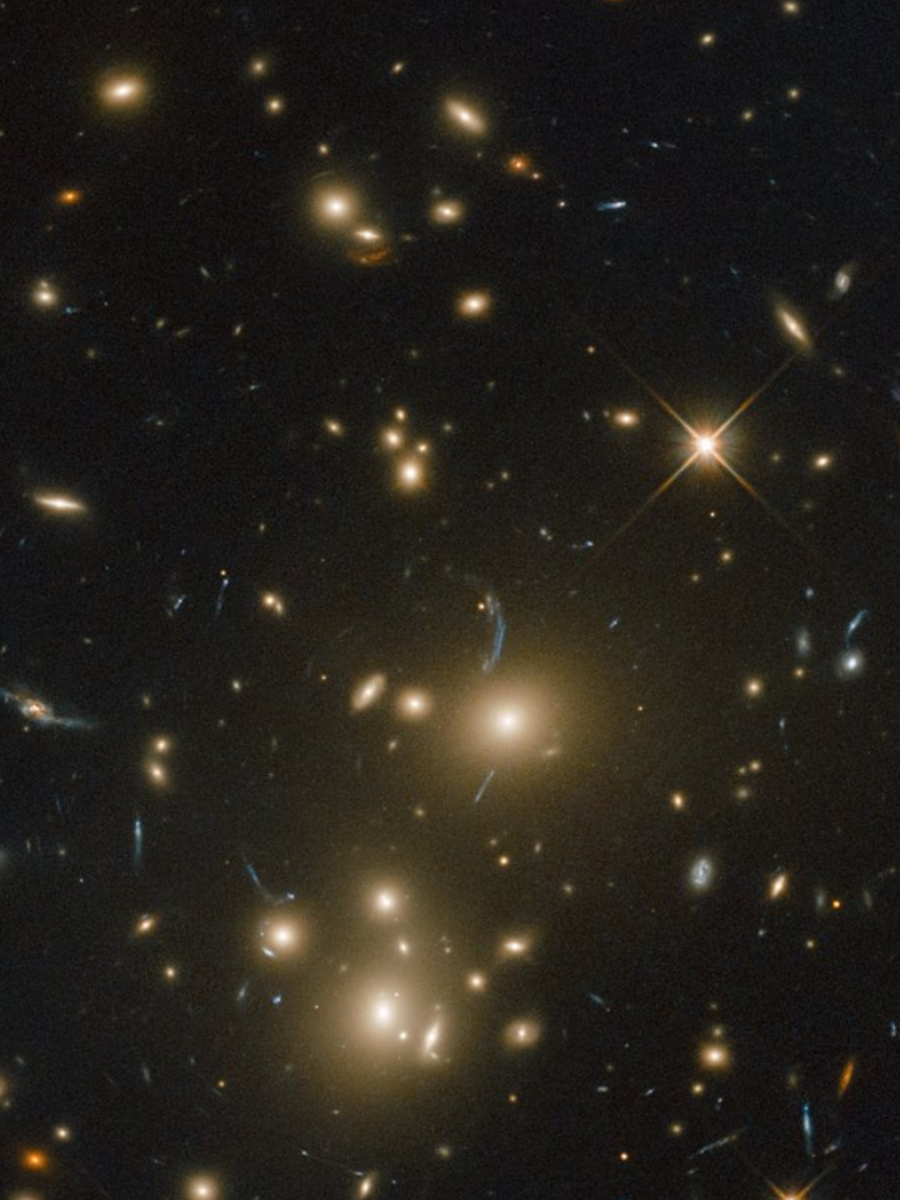[ez-toc]
[ad_1]
7 Rare Pictures Of Moon And Stars Captured By NASA Hubble Space Telescope – Times Now
Headline: "Unlocking the Secrets of the Universe: Stunning Images from NASA’s Hubble Space Telescope"
Introduction: The Hubble Space Telescope, launched in 1990, is one of the most impressive space observatories ever built, capturing breathtaking images of the universe that have captivated the imagination of scientists and the public alike. In this article, we will take a journey through 7 rare and awe-inspiring images captured by the Hubble Space Telescope, showcasing the beauty and mysteries of the moon and stars.
The Hubble Space Telescope: An Overview
The Hubble Space Telescope is a space-based observatory that orbits the Earth at an altitude of about 350 miles (563 kilometers). Its unique vantage point allows it to capture high-resolution images of celestial objects, including stars, planets, and galaxies, in visible, ultraviolet, and near-infrared light. With a fleet of instruments and a 2.4-meter primary mirror, the Hubble Space Telescope has been able to collect a vast amount of data, which has significantly advanced our understanding of the universe.
7 Rare Pictures of Moon and Stars Captured by NASA Hubble Space Telescope
1. The Swirl of the Tarantula Nebula
This mesmerizing image of the Tarantula Nebula, located in the Large Magellanic Cloud, is one of the most iconic views of a star-forming region. The Swirl of the Tarantula Nebula is a beautiful example of the incredible complexity of celestial structures, with countless stars and gas clouds, and is a testament to the Hubble Space Telescope’s ability to capture the delicate beauty of the universe.
2. The Ghostly Nebula IC 2944
IC 2944, also known as the ‘Bear Claw’ nebula, is a rare and striking gas cloud located in the Carina Nebula. The Hubble Space Telescope’s High-Speed Optical Camera (HSC) observed this gas cloud, capturing its ghostly, delicate tendrils, which are illuminated by nearby stars. This image is a stark reminder of the elusive nature of these celestial structures and the importance of the Hubble Space Telescope’s role in collecting such stunning data.
3. The Eruption of the Galaxy M87
Galaxy M87, located about 55 million light-years from Earth, is one of the most massive galaxies in the nearby universe. The Hubble Space Telescope captured an extraordinary image of this galaxy, showcasing its stunning internal structure. This explosion of color and energy is a testament to the incredible scale and complexity of celestial structures, highlighting the crucial role of the Hubble Space Telescope in unraveling the secrets of the universe.
4. The Eclipse of the Sun and Moon
This captivating image of the solar eclipse, captured by the Hubble Space Telescope, is a spectacular reminder of the Earth-Moon system’s unique astronomical alignment. The dark oval shape of the moon’s shadow on the Earth’s surface is a rare and breathtaking sight, making this image a true highlight of the Hubble Space Telescope’s impressive array of photos.
5. The Hunt for Dark Matter
Dark matter is an enigma in modern astrophysics, and the Hubble Space Telescope has been instrumental in shedding light on its elusive nature. From the wisplike tendrils of the Andromeda Galaxy to the spiral arms of the Whirlpool Galaxy, numerous observations have confirmed the presence of dark matter, albeit indirectly, revealing the complex dance of celestial structures in the universe.
6. The Gravitational Lensing of Light
This remarkable image of a distant galaxy, seen through a nearby cluster of galaxies, is a beautiful example of the Hubble Space Telescope’s ability to detect subtle distortions in the light from distant sources. Gravitational lensing is a powerful tool for understanding celestial structures, and the Hubble Space Telescope has been instrumental in unlocking the secrets of these distortions.
7. The Great Red Spot of Jupiter
Located on the surface of Jupiter, the Great Red Spot, a persistent anticyclonic storm, is an iconic feature of our solar system. The Hubble Space Telescope has captured numerous images of this amazing phenomenon, capturing its intricate details and relentless power. This image is a testament to the Hubble Space Telescope’s unwavering dedication to exploring the owned universe, even the most hostile of environments.
Conclusion: As we conclude our journey through these 7 rare and awe-inspiring images of the moon and stars captured by the Hubble Space Telescope, we are reminded of the incredible importance of scientific curiosity and the quest for understanding the universe. The Hubble Space Telescope has been a sentinel of astronomical exploration, revealing the beauty and complexity of celestial structures, and its legacy will continue to inspire future generations of scientists and space enthusiasts alike.
[ad_2]

Live News Daily is a trusted name in the digital news space, delivering accurate, timely, and in-depth reporting on a wide range of topics.
